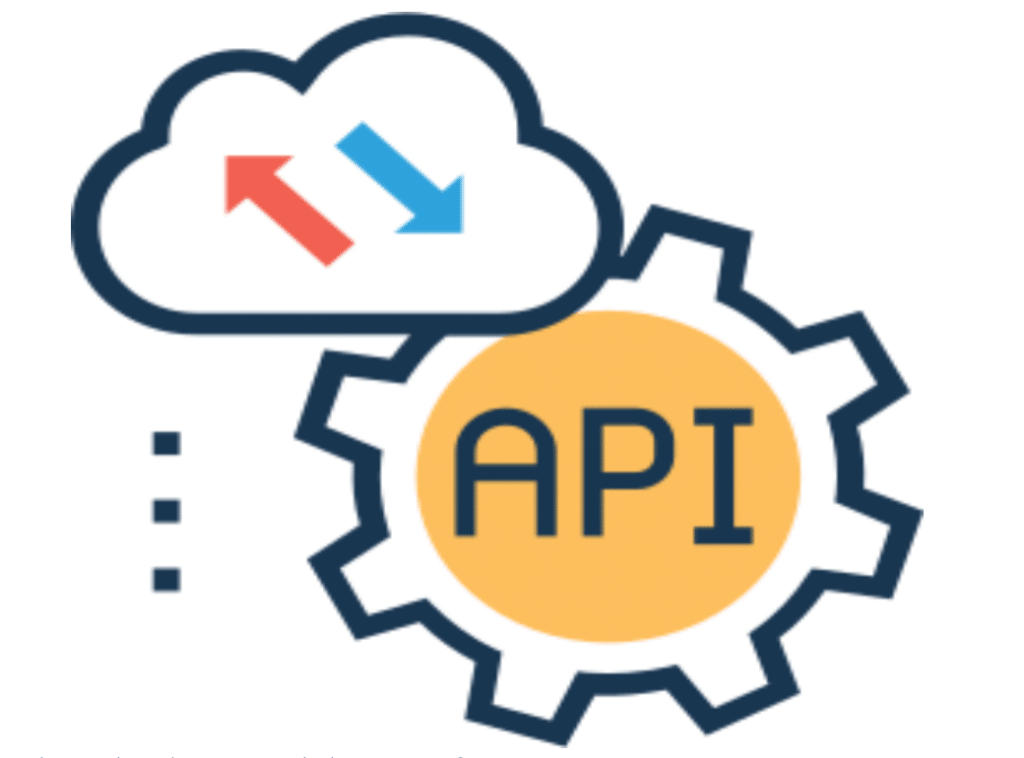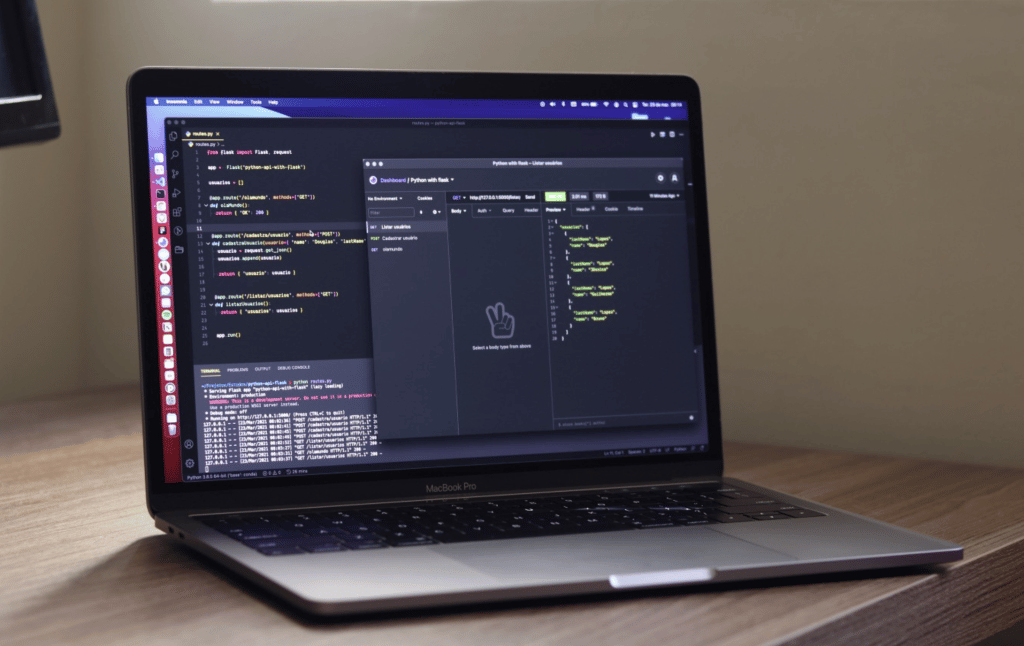The number of functionalities and microservices offered by applications has increased dramatically in recent years. This rush to add more and more functionality and build more applications has also increased the use of APIs.
Firstly, let’s discuss what does API stands for? API stands for application programming interfaces. They serve as software agents that enable applications to communicate with each other. An API provides a set of routines, protocols, and tools that allow software developers to retrieve and share information and allow applications to interact with one another.

To gain a better understanding of APIs, let’s examine how APIs work, what different types of APIs exist, and which API protocols are most commonly used.
How Does an API Work?
APIs define the rules by which computers, applications, or machines can communicate with one another. By acting as a middleman between two devices or applications, the API facilitates their connection for a given purpose.
For example, when you log in to Facebook on your smartphone, the Facebook application is instructed to access your account information. An API call is made by the mobile application to obtain your Facebook account information. A Facebook server would then access this data and return it to the mobile application.
The API described above is commonly referred to as web API. Web APIs are limited to web-based applications.
The Four Different Types of Web APIS
The API “type” refers to the intended use of an API. There are four main types of APIs used in web-based applications: public, partner, internal, and composite.
Public APIs
A company with a business model that includes sharing its data and applications with other companies will develop public APIs. Public APIs often require some level of authorization and authentication. Enterprises may also monetize public APIs by charging a per-call fee to access them.
An example of the use of public APIs can be applications that allow users to log in using their Facebook, Google, Github, or other accounts rather than creating an account with them. This does not mean that they have access to your social media accounts. Instead, the app makes an API call to verify that the user is already logged into the third-party website. The API confirms the login and authenticates the user on behalf of the app.
Partner APIs
Partner APIs are intended to facilitate business-to-business activities by providing access to internal business systems only to specifically vetted and authorized API consumers or outside developers. For instance, when a business wishes to share certain customer information with external CRM firms, a partner API provides a seamless link between the internal customer data system and those external vendors – no other API uses are permitted.
Such APIs are accessible to partners under clearly defined licenses and rights. This is why partner APIs usually incorporate enhanced authorization, authentication, and security measures. Furthermore, companies don’t monetize these APIs; instead, they pay their partners for their services.
Internal APIs
An internal (or private) API is designed only for use within an organization to connect business systems and data. For instance, an organization may use an API to integrate its HR and payroll systems.
Since internal APIs are intended for internal use, security and authentication are typically weak or nonexistent.
Composite APIs
A composite API combines multiple API requests sequentially into a single API request. By making a chain of API calls, a client can make one API request rather than making multiple round trips to a server. Composite APIs are generally used for interdependent or related operations. They can be more efficient and faster than individual APIs and can address complex API behaviors.
For instance, when creating an order within a shopping cart, you may require the following endpoints:
- Create customer
- Create a cart for the customer
- Add an item to the cart
- Add another item
- Update the status of the order
While it is useful to be able to call a subset of the above sequence individually, their combined use forms a standard shopping cart use case. To fulfill an order, you will need to make these calls sequentially. Composite APIs will be more efficient for such a use case.
API Architectures and Protocols
Using APIs requires protocols and architectures that define guidelines, structures, and limitations that govern how APIs operate. Listed below are the two most common API protocols: REST and SOAP.
REST
This REST API definition provides an overview of RESTful APIs and how they enable communication between web-based clients and servers.
One of the most popular approaches to building an API is through representational state transfer (REST). A REST API implements a client-server architecture that separates the front end and the back end of the API, allowing for considerable flexibility in the development and implementation of the API.
The REST framework supports caching, which stores responses for APIs that are slow or do not require immediate response time. REST APIs may communicate directly or via intermediate systems such as load balancers and API gateways.

SOAP
The simple object access protocol (SOAP) is a messaging protocol used to create web APIs, typically using XML. The SOAP protocol supports various communication protocols found on the Internet, including TCP, HTTP, and SMTP. SOAP is also style-independent and extensible, allowing developers to write SOAP APIs in different ways and add features easily.
SOAP is a well-structured, highly controlled, and clearly outlined standard. For instance, SOAP messages may consist of up to four elements: an envelope, a header, a body, and a fault.
APIs Are Powering the Future
Most organizations today are building scalable and interactive solutions through APIs. All modern applications rely on them. With APIs, developers can speed up the development process, increase customer reach, enhance business value, and speed up time-to-market without compromising quality.
APIs are essential for businesses to provide new and innovative services. The use of APIs in developing products and services is on the rise, and this trend is expected to continue.

